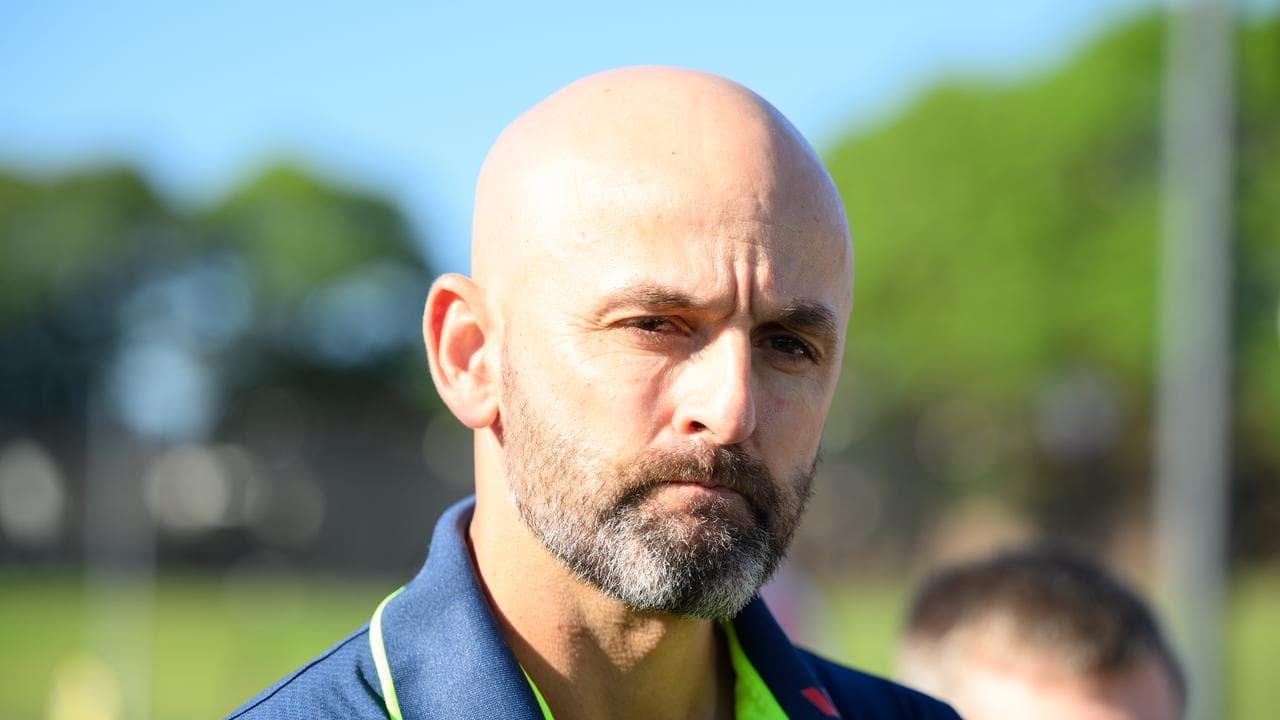Which state holds the record for the best elective surgery wait times?
The Statement
"NSW has the best on-time elective surgery performance in the country."
Health Minister Brad Hazzard claims NSW outperforms all other states and territories in delivering on-time elective surgery. But the Australian Medical Association NSW (AMA) says this data is not a true performance indicator because it does not represent the full picture. February 27, 2019.
The Analysis
AMA NSW released a list of March 23 election priorities demanding the government develop a strategic “whole of system”, long-term NSW hospital plan and capture “real” elective surgery waiting times.” [1]
AAP CrossCheck has examined Mr Hazzard’s claim that NSW beats all the other states and territories in delivering on-time elective surgery, a measure which the AMA NSW believes is limited and does not provide a true picture.
AAP CrossCheck examined the claims made by the minister and found them to be true.
According to the most recent Australian Institute of Health and Welfare 2017/2018 report, elective surgery is defined as “planned surgery that can be booked in advance as a result of a specialist clinical assessment”. [2]
Common elective surgeries include the removal of cataracts, skin lesions and tonsils, hernia repairs, hysterectomies, hip and knee replacements, and varicose veins treatment. [2]
Patients needing elective surgery are assigned to one of three categories depending on the urgency. Category one patients must have surgery within 30 days, category two patients within 90 days, and category three within 365 days. [2] [4]
The number of days calculated starts when a patient is seen by a specialist who judges the patient needs surgery and adds them to a waiting list. The number of days on the waitlist ends when the surgery is completed. [2]
According to Australian Institute of Health and Welfare data, 97 per cent of NSW patients were admitted for elective surgery within the recommended time across all three urgency categories. All other states and territories recorded lower rates overall. [2] [4]
Queensland came in second with 95 per cent and the Northern Territory rounded out the top three with 94 per cent. Both Western Australia and Victoria had on-time rates of about 90 per cent, while South Australia was 87 per cent, ACT 79 per cent and Tasmania the lowest with 73 per cent. [2]
While these statistics fully support Mr Hazzard’s claim, AMA NSW branch president President Dr Kean-Seng Lim told AAP CrossCheck the minister’s statement was “misleading”.
The AMA has criticised the government for failing to keep a 2011 election promise to measure the “real” wait time for elective surgery. [1]
The AMA defines “real” as the time from when a GP refers a patient to a specialist to when surgery is completed. It says patients can spend months or years waiting to be seen by a specialist.
“It is easy to hide behind the current figures by not including the true wait time from the point of referral. The current statistics that are being used are not telling the full story,” Dr Lim told AAP CrossCheck. [3]
Dr Lim’s claim is supported by the Bureau of Health Information, a NSW medical advisory/watchdog body. In its 2017 report the BHI said the on-time data represented “a component of the total waiting time for surgery”.
“Before a patient is added to a waiting list, they first need to be assessed by a surgeon and this can often involve waiting times to get an appointment. The number of people waiting for these sort of appointments is sometimes referred to as the ‘hidden waiting list’ or the ‘waiting list for the waiting list’,” the BHI said. [3]
AAP CrossCheck concludes Mr Hazzard’s claim that NSW is the best performing state or territory in delivering on-time elective surgery is true.
The AMA NSW is also correct in claiming on-time elective surgery data does not fully reflect a patient’s journey from the GP to surgery.
The Verdict
True - The checkable claims are all true.
The References
1: 'My ED is in crisis mode': doctors warn state's lack of planning risking patient care’, by Esther Han, February 27, 2019: https://www.smh.com.au/politics/nsw/my-ed-is-in-crisis-mode-doctors-warn-state-s-lack-of-planning-risking-patient-care-20190221-p50zdr.html
2: ‘Elective surgery waiting times 2017/2018’. Australian Institute of Health and Welfare report. Pages 1, 14, 17, 38 - 42: https://www.aihw.gov.au/getmedia/73b686ab-32e9-48b1-86f2-cd264b3cf073/aihw-hse-215.pdf.aspx?inline=true
3: ‘Elective surgery waiting lists - what it does and doesn’t tell us about healthcare performance’. By Dr Jean-Frederic Levesque. Bureau of Health Information. March 15, 2017:
http://www.bhi.nsw.gov.au/Blog/authors/dr_jean-frederic_levesque/Elective_surgery_waiting_lists_and_healthcare_performance
4: ‘Simplified, time-based definitions of urgency categories’ (page 8). Australian Institute of Health and Welfare and Royal Australasian College of Surgeons. July 18, 2013:
https://www.surgeons.org/media/20048162/rpt_2013-08-20_national_definitions_for_elective_surgery_urgency_categories.pdf












